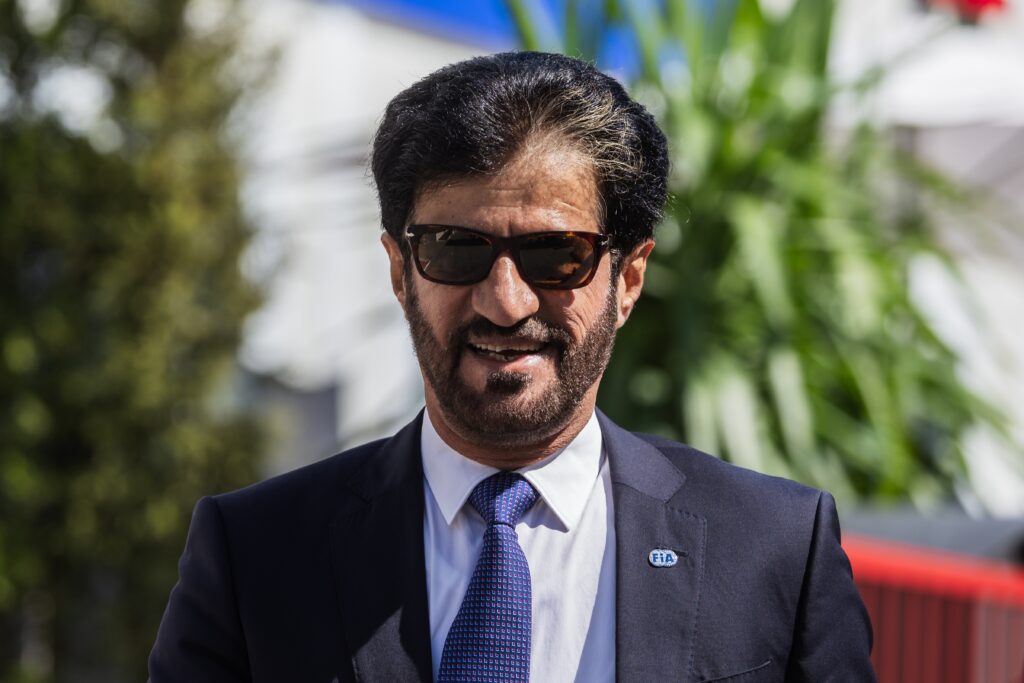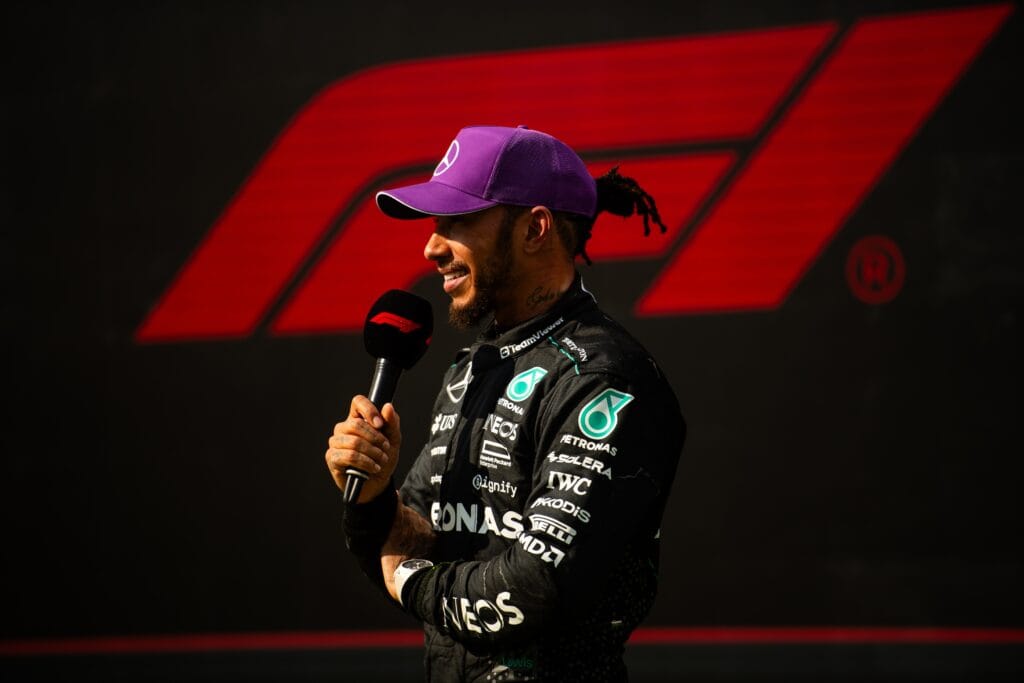Diagonal Diary: Why having a clear comms & PR strategy is critical to success
Recently, there has been some unusual activity in the way that a number of key figures in the Formula 1 paddock have been utilising the media, veering away from simply delivering the usual insights into topical on-track ups and downs.
On 7 November the Grand Prix Drivers’ Association, which consists of all 20 current Formula 1 drivers, published an open letter on its brand-new Instagram page urging the President of the FIA, Mohammed Ben Sulayem, to “consider his own tone and language when talking to our member drivers, or indeed about them”, and reminded him that “our members are adults” who “do not need to be given instructions via the media, about matters as trivial as the wearing of jewellery and underpants”.
The statement came in the wake of numerous public controversies since Ben Sulayem’s election in December 2021, predominantly regarding the 62-year-old and the overarching FIA’s strategies to police F1 drivers’ behaviour. Their directives have ranged from prohibiting drivers from making political gestures to wearing jewellery, but their recent clampdown on swearing has been a significant catalyst for a deteriorating relationship between 20 of the world’s greatest drivers and the governing body they recognise they “must abide by”. How both parties have chosen to use the media has been critical in dictating their relationship with fans and the new chapter in their dynamic.
Max Verstappen was ordered by the FIA to “accomplish some work of public interest” as punishment for swearing in the press conference before the Singapore Grand Prix, while Charles Leclerc was fined €10,000, €5000 of which was suspended provided no repeat incidents would occur for the next 12 months, for swearing during a press conference following the Mexico City Grand Prix. The two incidents followed the FIA’s move to police “the wearing of jewellery in the form of body piercing or metal neck chains”, which directive was widely viewed as aimed squarely at Lewis Hamilton, F1’s biggest star and its most successful driver, who regularly displays glitzy accessories on race weekends; and the decision that the checking of underwear would become a part of each team’s scrutineering submission from the 2022 Miami Grand Prix onwards, on safety grounds. The GPDA described both instructions as “trivial”.

The GPDA last issued an open letter following the 2016 Australian Grand Prix, where a new and unpopular elimination-style qualifying format had been introduced. Growing displeasure with F1 boss Bernie Ecclestone and FIA President Jean Todt’s decisions led the GPDA’s directors, Sebastian Vettel, Jenson Button and Alex Wurz – who is now the GPDA’s chairman – to write on behalf of the drivers that they believed “the decision-making process in the sport is obsolete and ill-structured and prevents progress being made”, a statement that reads as though it could have been issued today, more than eight years later. The open letter had its intended effect: the qualifying format against which the GPDA had spoken out was dropped one race later.
The GPDA’s more recent open letter, published on 7 November, has been received well by the F1 community – including media and fans – and now we are all patiently awaiting a response from the FIA and its President. However, engaging the media with a statement of such weight is not always successful. It requires thoughtful planning in the immediate short term, and a carefully considered strategy for the long term, if the the desired outcome is to come about. Clearly, the GPDA has carefully considered its words, done its due diligence, refined its messaging, and ensured that every driver is squarely behind its statement. Its chairman Alex Wurz is a smart cookie.
One gets the impression that the FIA President is less prudent in his approach to engaging the media. Ahead of the Singapore Grand Prix, he commented that “we have to differentiate between our sport – motorsport – and rap music. We’re not rappers, you know. They say the F-word how many times per minute? We’re not on that. That’s them and we’re [us].”
Injudiciously phrased, his remarks quickly attracted the attention of Hamilton, whose influence as an advocate for social and political change cannot be downplayed. Formula 1’s only black driver picked up on what he, Hamilton, referred to as the “racial element” of the FIA President’s statement and explained that “saying rappers is very stereotypical as most rappers are black. It really kind of points towards ‘we are not like them’, so I think those were the wrong choice of words,” compounding an already worsening situation for the FIA.
Then, 11 days after the Singapore Grand Prix, in a conversation regarding the British press’s treatment of Max Verstappen, the FIA President said, “Let’s talk about me. If you look at the British media and what they did to me… for God’s sake, they convicted me”, before ironically requesting, “Can we just stop this nonsense and go back to business and do what’s better for the sport? If you can? I’m asking. If they [the media] don’t want to do that, it’s up to them.” Evidently, the FIA could sorely do with a comms/PR agency well-versed in providing media training and crisis management, such as Diagonal Comms!

Meanwhile, it is clear that the GPDA has taken its time to ensure that it is in the most favourable position possible to push for change by engaging the media with its open letter. The fight over F1 driver conduct is a conflict that has been raging for months and the FIA was always set to take on an uphill battle; fans’ sympathies typically lie with the drivers in the same manner that football fans side with the players, not the referees. But the impression that the FIA and its President often shoot from the hip without a clear strategy when it engages with the media has only added fuel to the fire, while the GPDA has entered the ring with a mature, well-thought-out approach.
The importance of a meticulously planned comms/PR strategy cannot be underestimated. At its core, it ensures that everyone involved in forming a company’s or any organisation’s image works cohesively and efficiently towards the same goal every time they engage the media, thus enabling them to establish a clear and consistent tone of voice. Not to mention, the risk of rogue and reactionary comments is significantly lowered, and the company or organisation acquires a reputation for being astute and considered.
Strategic communications and reputation management are among Diagonal Comms’ many PR, comms, and digital marketing services. We are ready to provide advice to a range of entities within motorsport, sport, and automotive, having worked with numerous series, teams, drivers, and sponsors since our launch last year.
